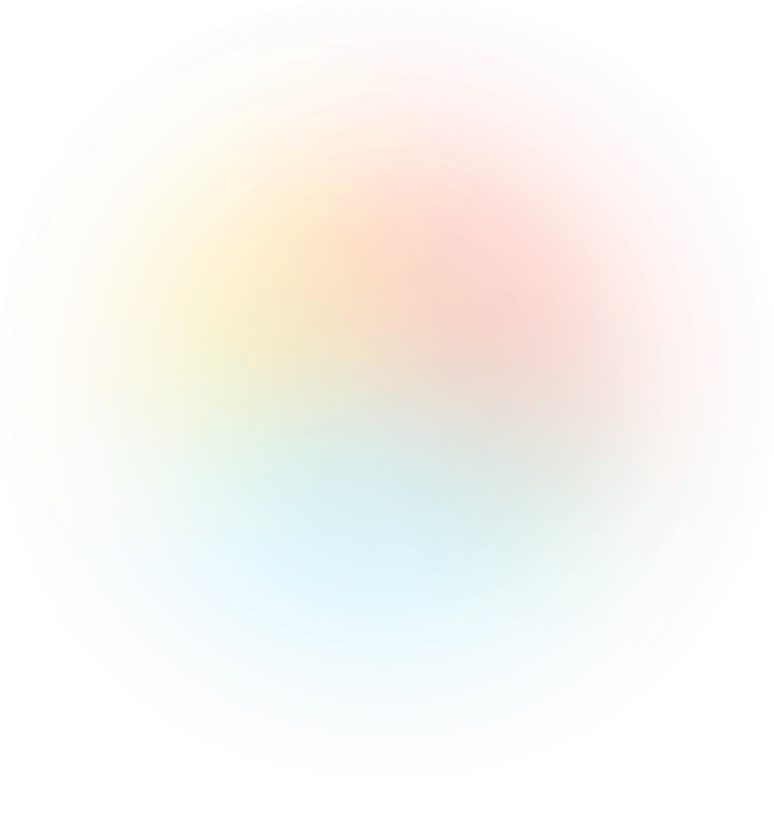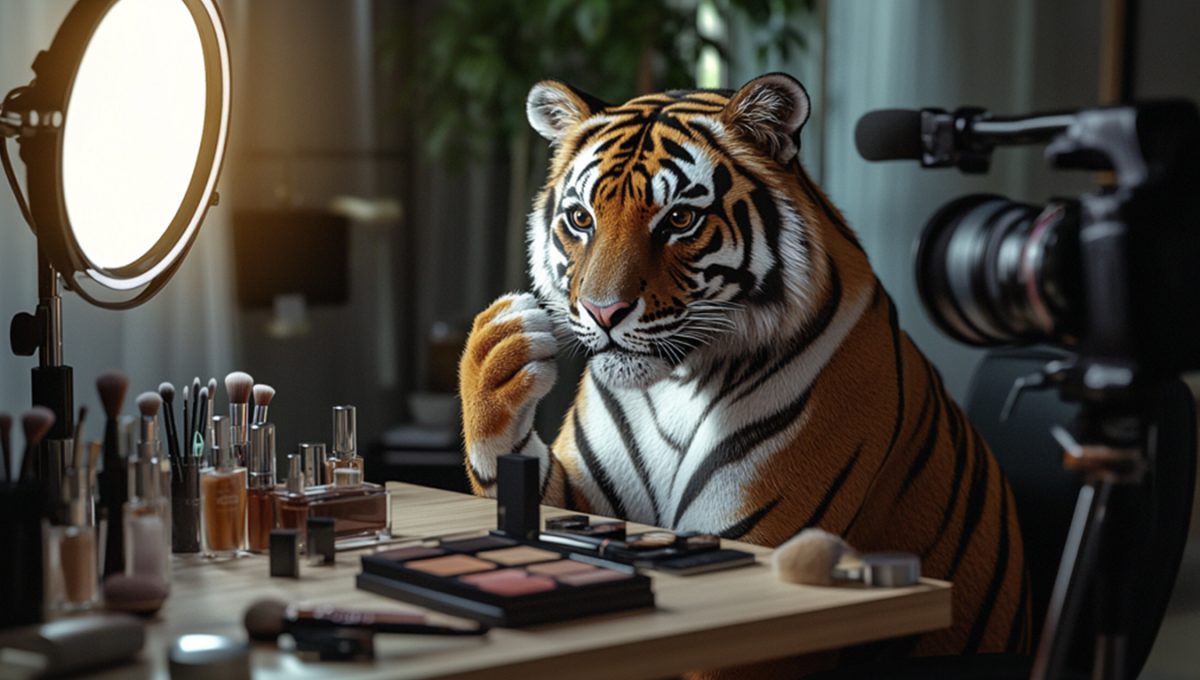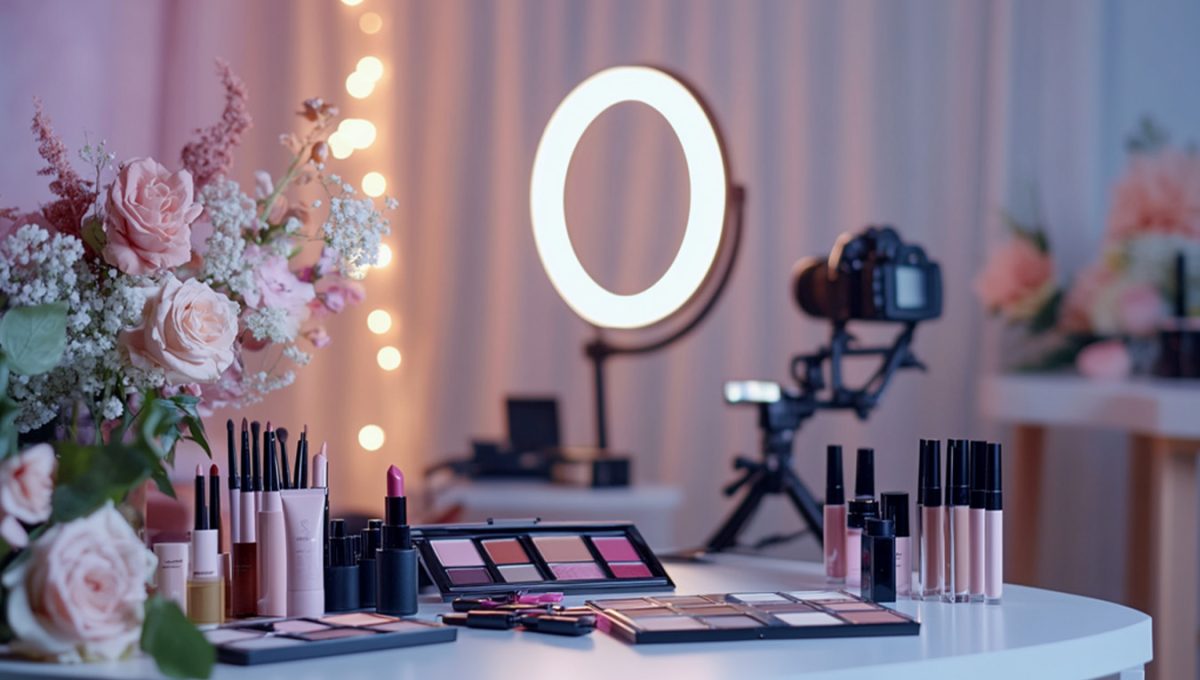From this article you will learn:
- How technology and innovations such as AR and AI are revolutionizing the beauty experience.
- Why diversity and inclusion in the beauty industry are key to building relationships with consumers.
- How sustainability affects brand perceptions and what actions can strengthen its environmental responsibility.
- Why prevention in skin care is increasingly popular and how brands can support consumer education.
- How hyper-realistic CGI images are becoming the future of brand communications.
- How ambassador programs and authentic communications can increase customer engagement and loyalty.
The beauty industry is changing at a rapid pace. Consumer awareness is growing, sustainability is becoming a priority, and technology is opening up new opportunities. What changes are likely to transform the future of beauty marketing, and how can you fit in?
Technology and innovation - a new era of cosmetic experience
Technology is revolutionizing the beauty industry. What was once futuristic is now an everyday reality. Examples include artificial intelligence in skin care or virtual mirrors for cosmetics selection. AR (augmented reality) and AI (artificial intelligence) allow brands to offer more personalized services, tailored to consumers' needs.
Diversity of beauty - each person is unique
Diversity in the representation of the beauty industry is increasingly in demand. Consumers expect brands to reflect a diversity of figures, complexions and lifestyles. Instead of promoting a single ideal, more and more companies are showing people of different ages, skin colors and lifestyles.
*Empathy: I know that for many of you, diversity is key. Your brand can attract more customers by showing that everyone is unique.
"Knowledge is Power" - informed consumers.
The modern consumer is not content with just pretty packaging. He wants to know the quality and effectiveness of products. Understanding ingredients and technology is becoming a priority. Consumers are combining their knowledge with technologies to create personalized skin care routines.
Practical advice
Provide customers with tools such as skin analysis apps and AI-personalized advice to help create customized solutions.
Ecology and sustainability
Sustainability is growing in importance. For today's consumer, corporate social and environmental responsibility is a requirement. Eco-friendly packaging, cruelty-free testing and supply chain transparency influence brand perception.
Practical advice
Invest in new technologies such as packaging recycling and renewable energy to be seen as a responsible brand.
Prevention instead of repair - "Think Slow, Move Fast".
Consumers are increasingly focusing on preventing problems. Preventive skin care is becoming the norm. "Think Slow, Move Fast" combines sustainable care with long-term results.
*Empathy: Your brand can play a key role in educating consumers about prevention, which builds trust and authenticity.
Hyper-realistic CGI images - the future of brand communication
Hyper-realistic CGI images are becoming a new tool in brand communication. These visuals are attractive and engaging, which attracts consumer attention.
Examples:
Cooperation with recipients: ambassador programs
Brands are increasingly engaging audiences by treating them as part of a community. Ambassador programs involve customers in creating content that promotes the brand.
Authentic communication
In the digital age, authenticity is key. User-generated content (UGC) and podcasts allow for more personal content, which builds trust and engagement.
The beauty industry is changing rapidly, and brands must keep up with consumer expectations. Conscious customers, sustainability, modern technology, diversity and personalization are shaping the new landscape of beauty marketing.
Companies that meet these challenges will build a strong relationship with consumers. Remember that beauty is not only about beauty, but also about technology, responsibility and awareness - these are the elements that will build the future of the industry.
Summary
- Technology in the service of beauty: AR and AI are revolutionizing the beauty experience, offering personalization on an unprecedented scale.
- Diversity and Inclusion: The key to consumers' hearts is to authentically reflect the diversity of ages, physiques, lifestyles and cultures.
- Consumer awareness: Increasing consumer education requires providing tools that help people understand the ingredients and effects of products.
- Sustainability: Eco-friendly packaging, cruelty-free testing and transparency are essential to gain the trust of consumers who care about the planet.
- Prevention over repair: Consumers are choosing prevention in care, expecting education from brands and long-term results.
- Hyper-realistic CGI: Modern visuals attract attention and engage audiences, building a new dimension of communication.
- Ambassadors and UGC: Ambassador programs and user-generated content strengthen community and brand authenticity.


